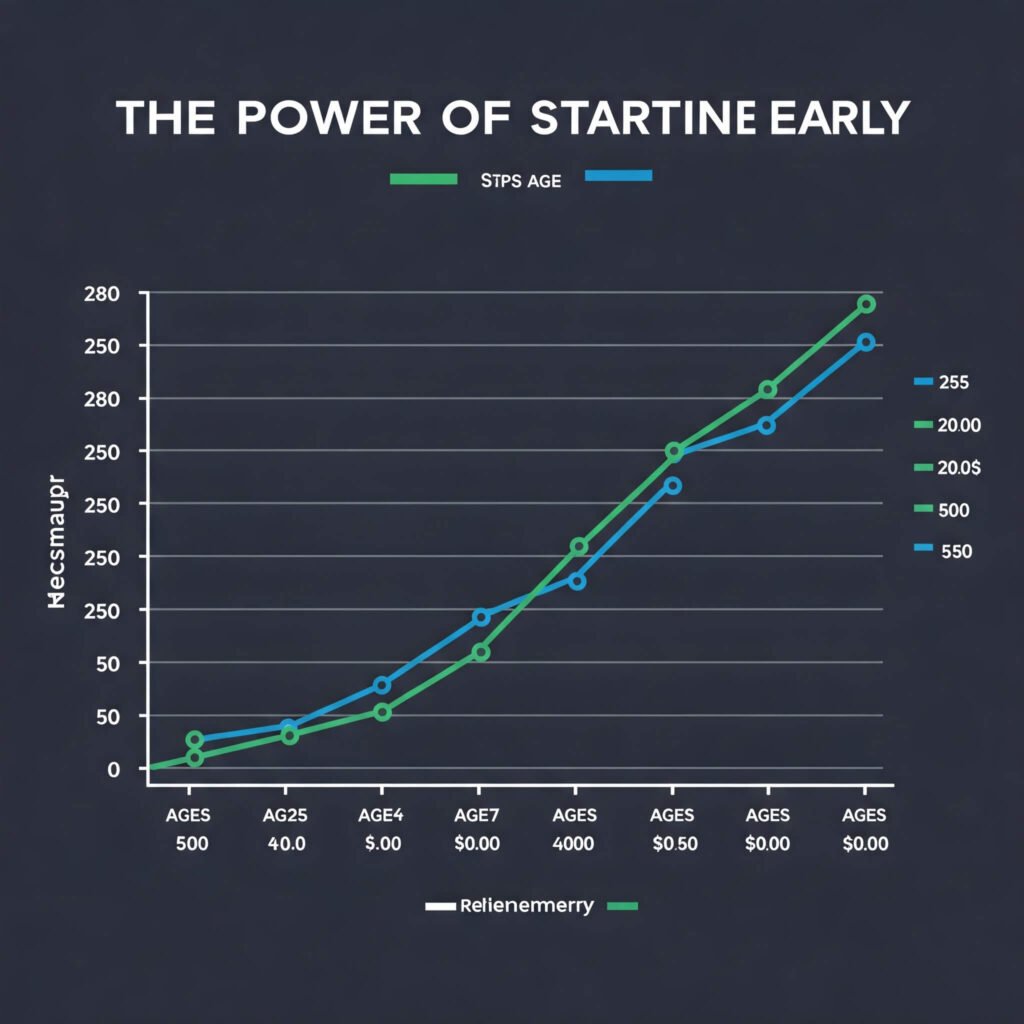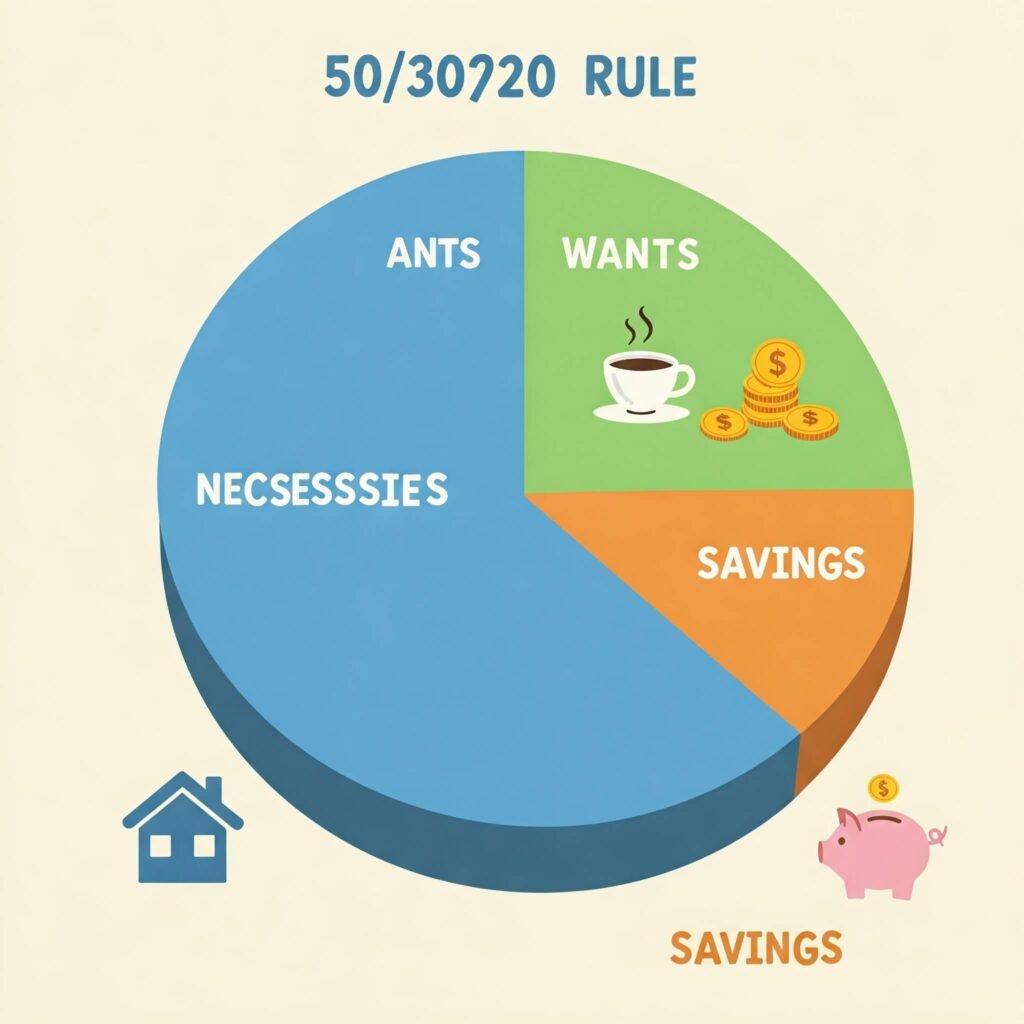Saving for retirement for Millennials and Gen Z means starting small, automating, and dodging traps—spoiler: I learned this after blowing $1,000 on a festival pass instead of my Roth IRA. These tips? Born from my soggy scrolls, late-night app checks, and one mortifying bank call where I misread my 401(k) balance. Tip from my flops: start now; I waited and missed a year of compound interest. Contradiction: I preach future vibes, yet I splurged on vinyl records mid-budget—chaos energy.
Tip 1: Start a 401(k) or IRA for Saving for Retirement
Kick off saving for retirement with a 401(k) or Roth IRA—compound interest is your BFF. Opened a Roth IRA with Vanguard, stashed $50 a month, felt like a boss. Pro: tax perks, growth over time. Con: early withdrawal penalties; I almost cashed out for a road trip, cringe. Surprising: $100 a month at 7% grows to $76k in 30 years. Check Vanguard—don’t skip like I did, distracted by a coffee shop open mic.

Tip 2: Automate Contributions for Saving for Retirement
Automate your savings to nail saving for retirement—set it and forget it. I set up $75 monthly to my 401(k) via Fidelity, saved me from my impulse buys. Pro: builds discipline. Con: needs a steady paycheck; my gig work dipped once, ouch. Tip: start with 1% of income—learned after missing a contribution during a Wi-Fi crash. Surprising: small auto-transfers add up fast.
- My Rookie Tip for Saving for Retirement: Bump contributions yearly; I forgot and missed a tax break.
- Why It Fit My Mess: Curbed my festival-ticket swipes.
Tip 3: Max Employer 401(k) Match for Saving for Retirement
If your job offers a 401(k) match, max it—it’s free money for saving for retirement. My gig matched 4%, so I bumped to $100 a month, gained $1,200 a year. Pro: instant boost. Con: low limits; I wanted more but capped out. Surprising: matches grow exponentially. Scope Fidelity—forgave my dumb math during a rainy budget session.
Tip 4: Use Low-Cost Index Funds for Saving for Retirement
Low-cost index funds are gold for saving for retirement—low fees, steady growth. Invested $500 in a Vanguard S&P 500 fund, 0.04% fee, saw 8% returns last year. Pro: cheap and diversified. Con: market dips scare; I panicked during a 5% drop, cringe. Surprising: long-term gains beat savings accounts. Check Vanguard—don’t overthink like I did, scrolling Reddit instead.

Tip 5: Budget for Savings to Nail Saving for Retirement
Budget 10-15% of income for saving for retirement—use the 50/30/20 rule. I cut $50 from coffee runs, redirected to my IRA, felt like adulting. Pro: builds savings fast. Con: tight budgets suck; I missed a few bar nights, oof. Surprising: apps like YNAB make budgeting fun. Don’t skip like I did, distracted by a food truck taco spree.

Wrapping My Rant on Saving for Retirement for Millennials and Gen Z
Whew, spilling this while Seattle’s rain taps my skylight like it’s cheering—feels like shaking off a bad budget bender. These tips for saving for retirement didn’t erase my flops (that festival splurge? Still stings), but they got me to $3,000 saved, scored tax breaks, and hey, I’m not broke yet. Contradiction: I curse early mornings, yet I’m hyped for my future beach condo—peak Seattle hustle, right? If you’re in the US grind—bills piling, retirement dreams calling—hit these hacks, automate like I forgot to, and dodge my dumb swipes. Got a savings horror? Spill below, let’s vent over virtual cold brews.
Outbound Link: Learn more about index funds at Investopedia.




